How Auto Shops Easily Change Your Oil
Automobile owners are usually advised to schedule oil changes after certain mileage intervals. According to Utility Equipment Service, automobiles using synthetic oils should be changed every 7,500 to 15,000 miles, but standard oil change intervals are usually between 3,000 and 5,000 miles. That said, even a seemingly basic task like an oil change may appear like it’s easy, but you should always schedule an oil change with one of your local auto shops. Here is how they’ll ensure your oil changes run smoothly.
Lifting and Opening the Car Hood
The first thing a professional will do is lift your car. They’ll always make sure they're safe using a hoist, ramps, and jack stands when performing any action like this. Most contemporary automobiles include a plastic undertray to protect crucial engine components. To access the oil pan and filter, they'll remove this cover. Once removed, they'll check for any oil leaks in the region. If any are discovered, they’ll do an inspection to figure out what issues may be occurring.
Drain the Old Oil
The professionals will then drain your old oil. This oil shouldn't be mixed with the brand-new liquid they’ll pour into your car. They'll catch and dispose of this oil safely, so it doesn’t make a mess or cause any harm. In order to drain the oil, they must remove the drain stopper by loosening and unscrewing it with the appropriate tool. As they remove the drain plug, the oil will begin to stream out as they draw it away from the oil pan. This process can take around five minutes for the engine to drain or until the oil flow has decreased to a trickle.
Removing the Old Filter
Once all the old oil is drained, your technician will then locate the oil filter. They'll loosen the oil filter using their hand or an oil filter wrench until oil drops out of the top and into your receptacle. Wait until the flow stops before removing the filter. They'll then check that the previous oil filter gasket wasn’t left behind before installing the new filter.
Replacing the Oil Filter
When the technician reinstalls the drain plug and screws it in, your technician will ensure it’s snug but not too tight. Overtightening might harm the oil pan and drain plug. Next, they’ll take the new oil filter and lightly coat it with oil around the rubber gasket. This will aid in forming a suitable seal when they tighten the filter.
Filling the Engine With Oil
Once your auto shop replaces the oil filter and drain plug, they’ll then reattach the undertray and lower the car to the ground. After popping the hood, they’ll fill your car’s engine with the manufacturer's recommended amount of oil using a funnel. Finally, after allowing a few minutes for the oil to settle, they’ll use the dipstick to ensure that the oil level is correct before giving you back your car.
Are you in need of an oil change in the near future? Give Greenwood Kwik Kar Lube and Tune a call today!

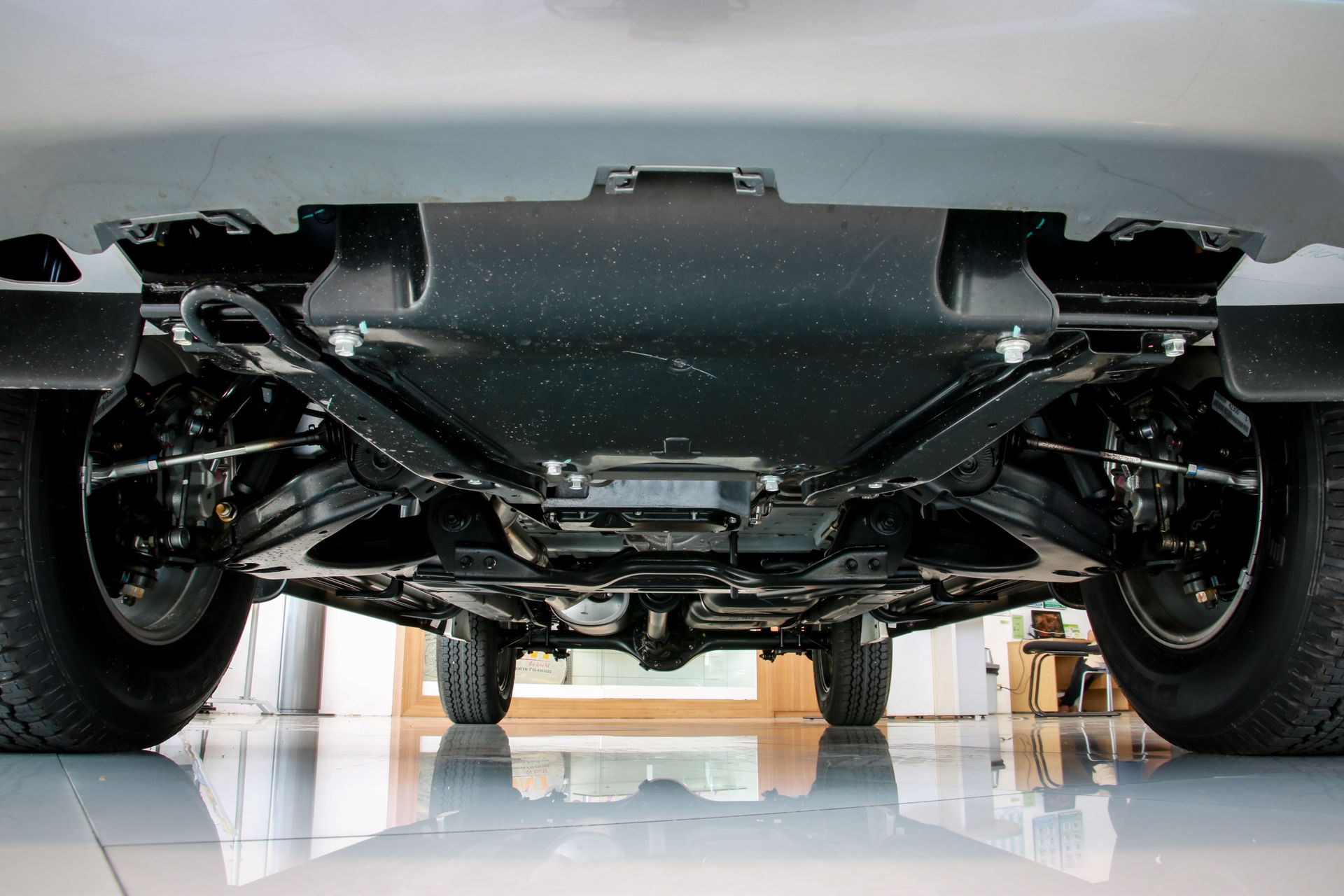
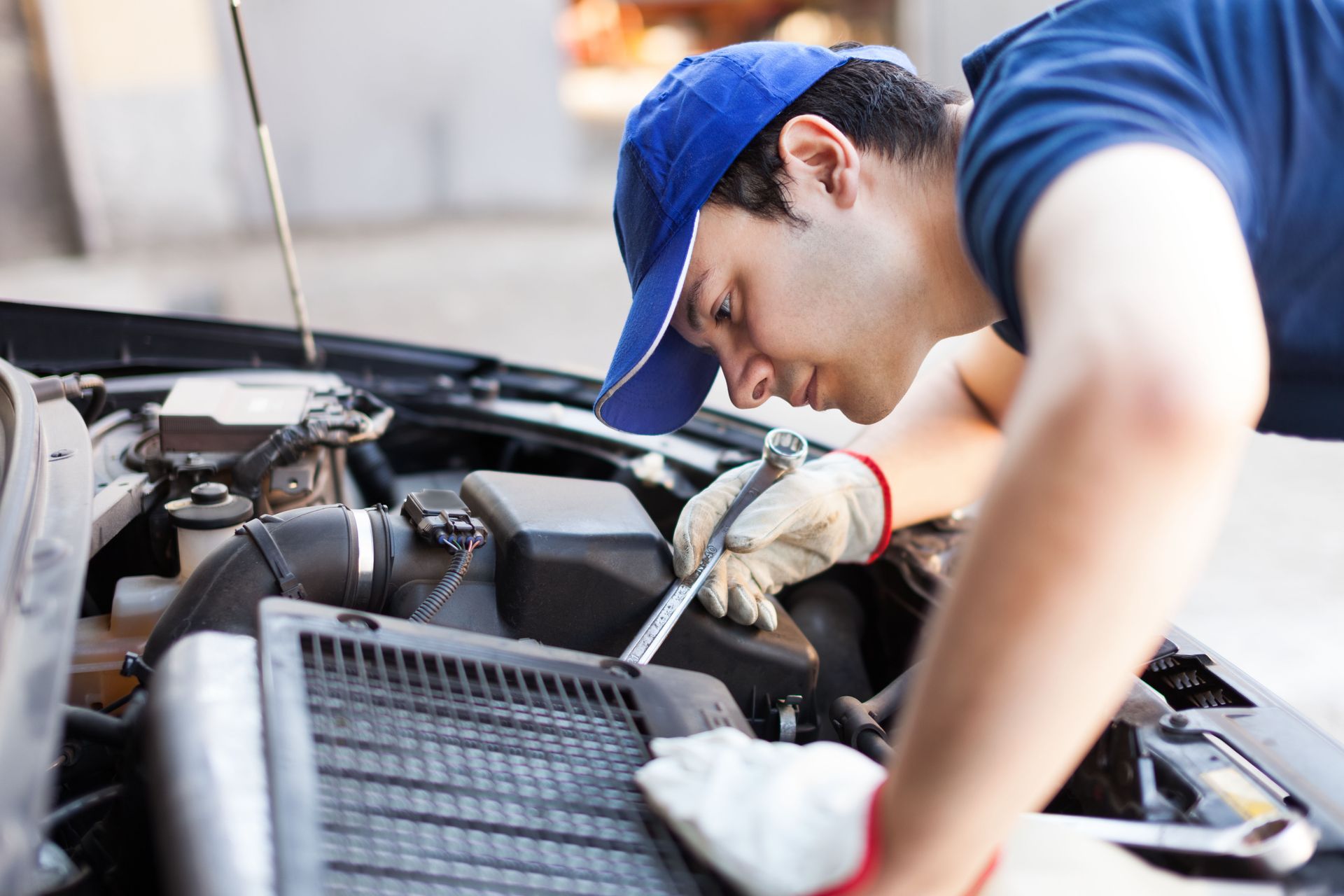
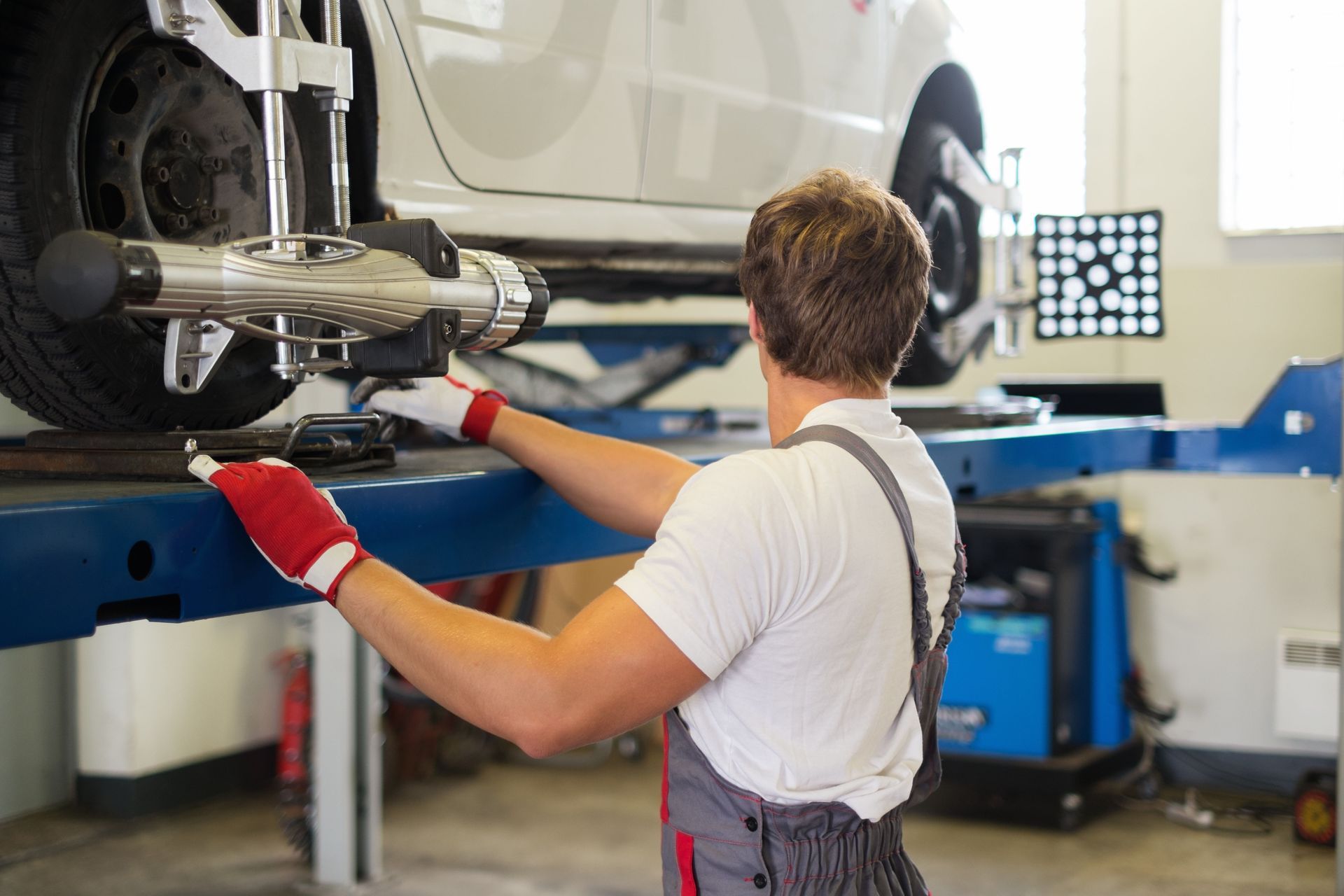
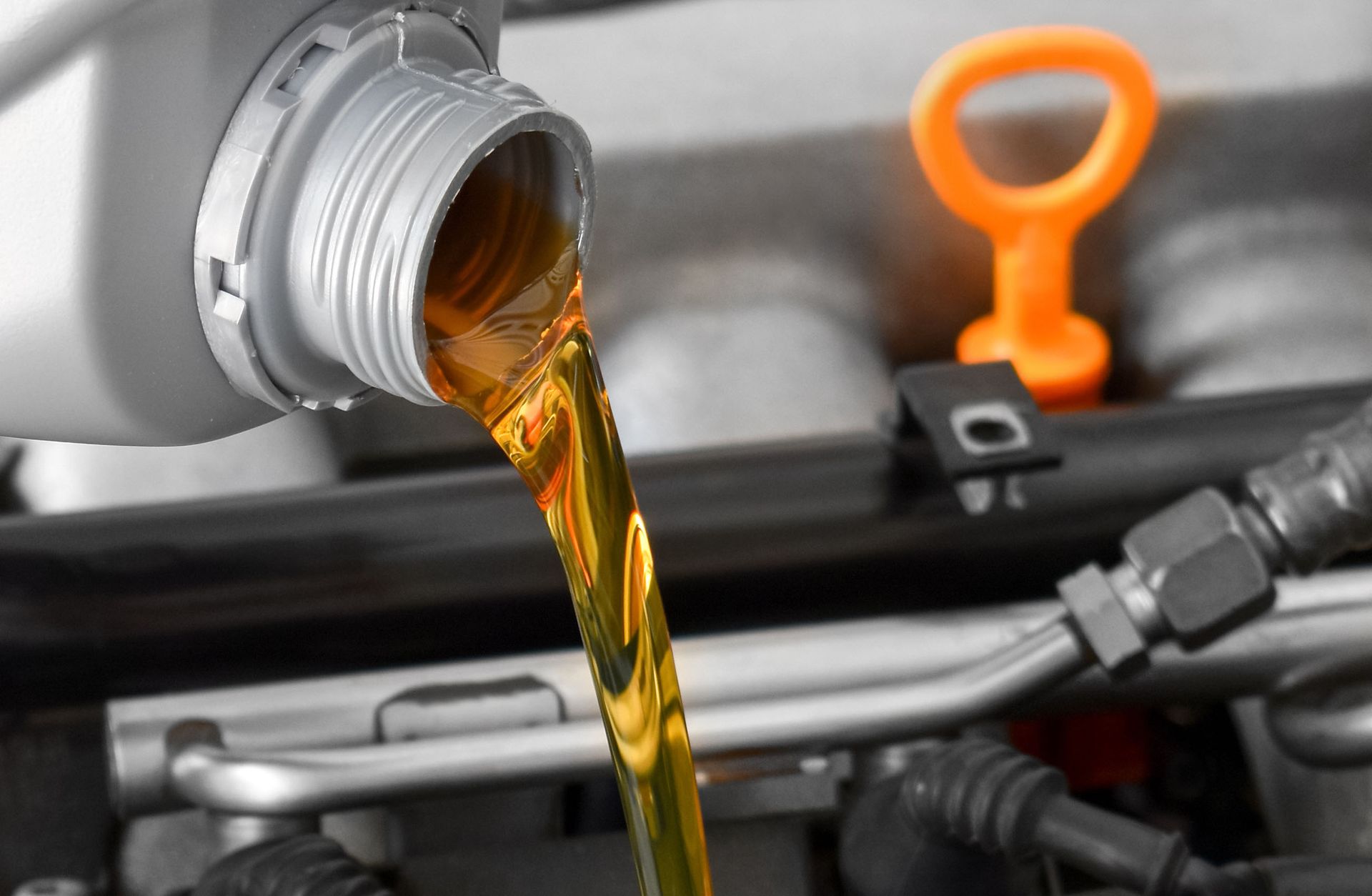
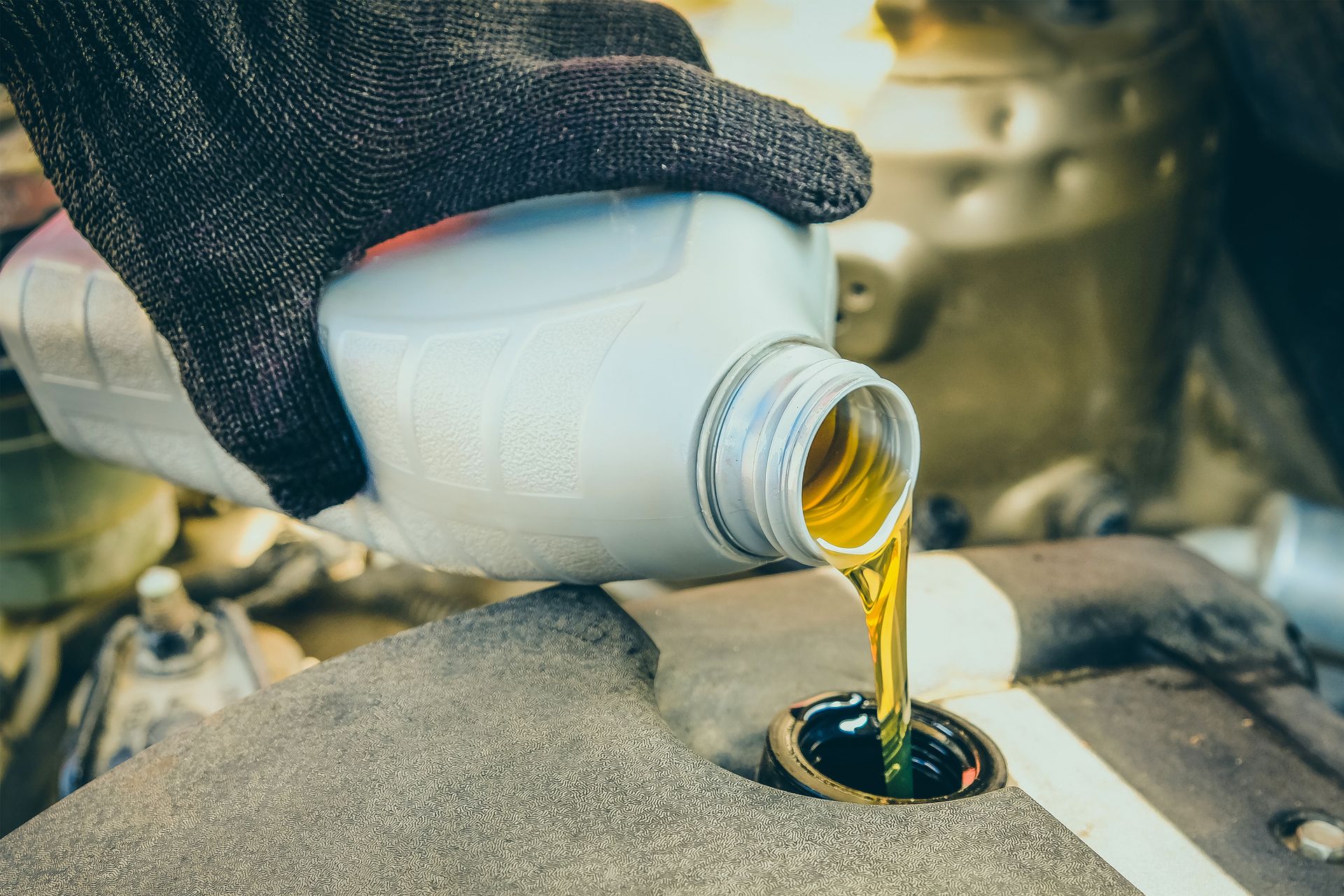


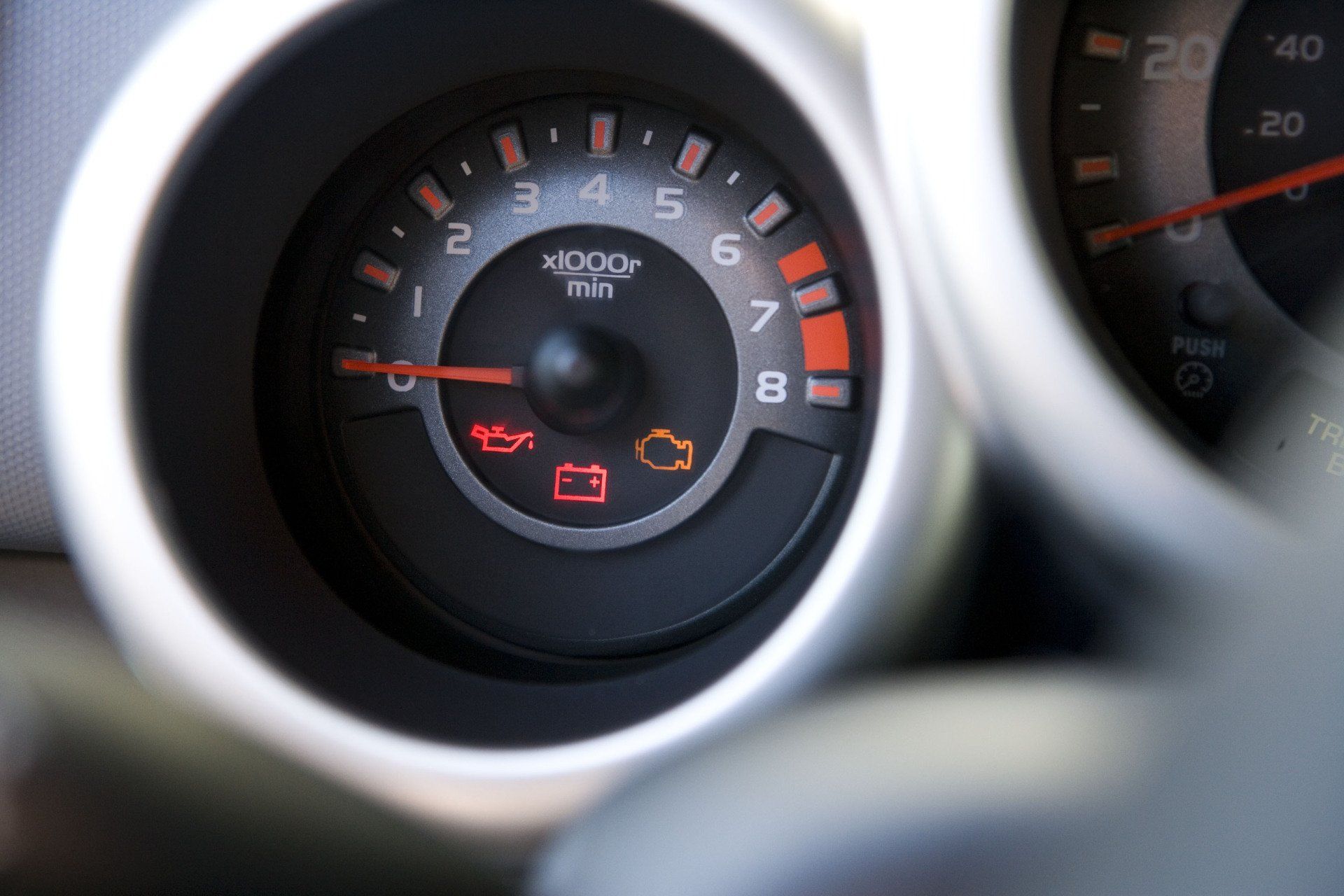
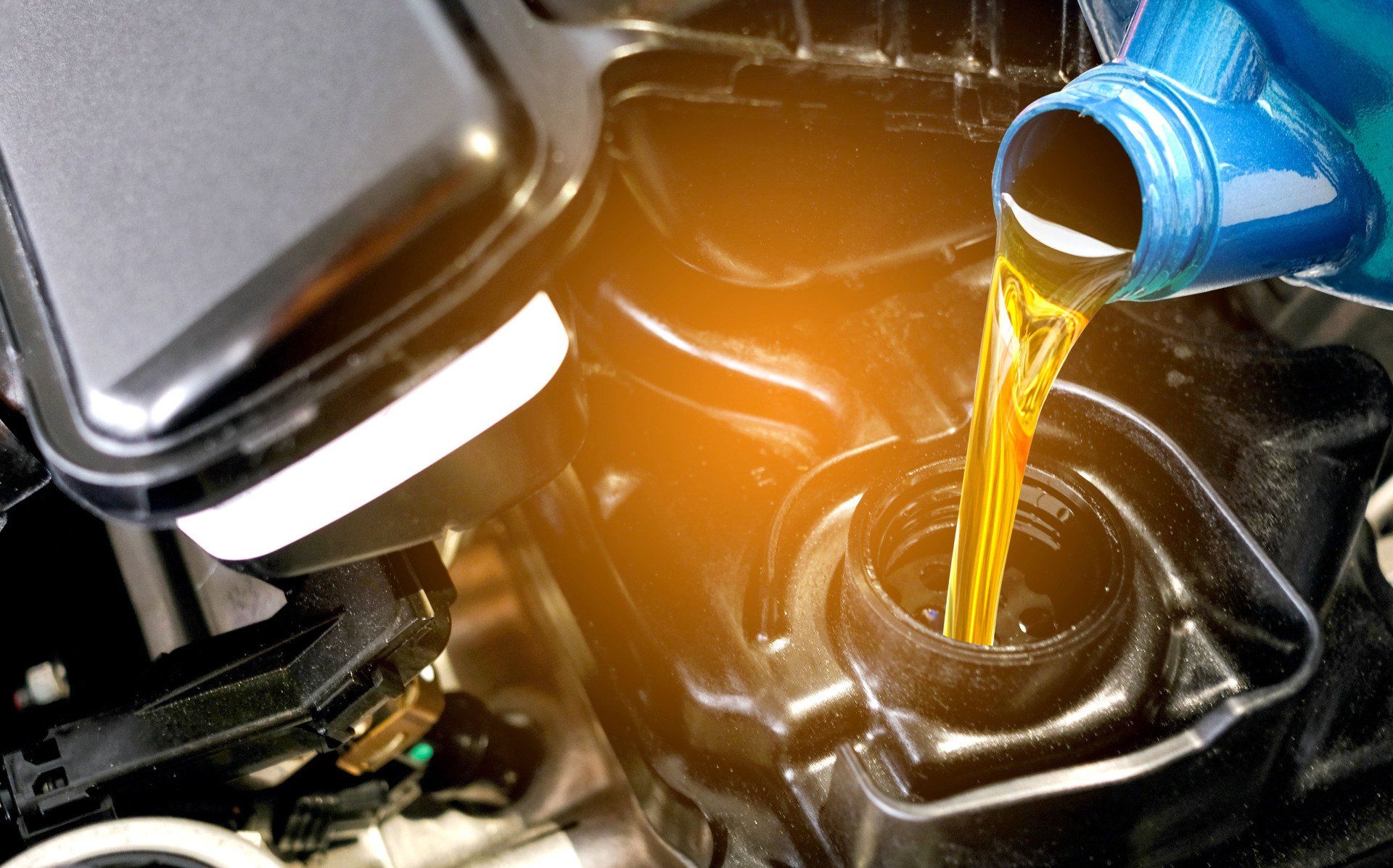
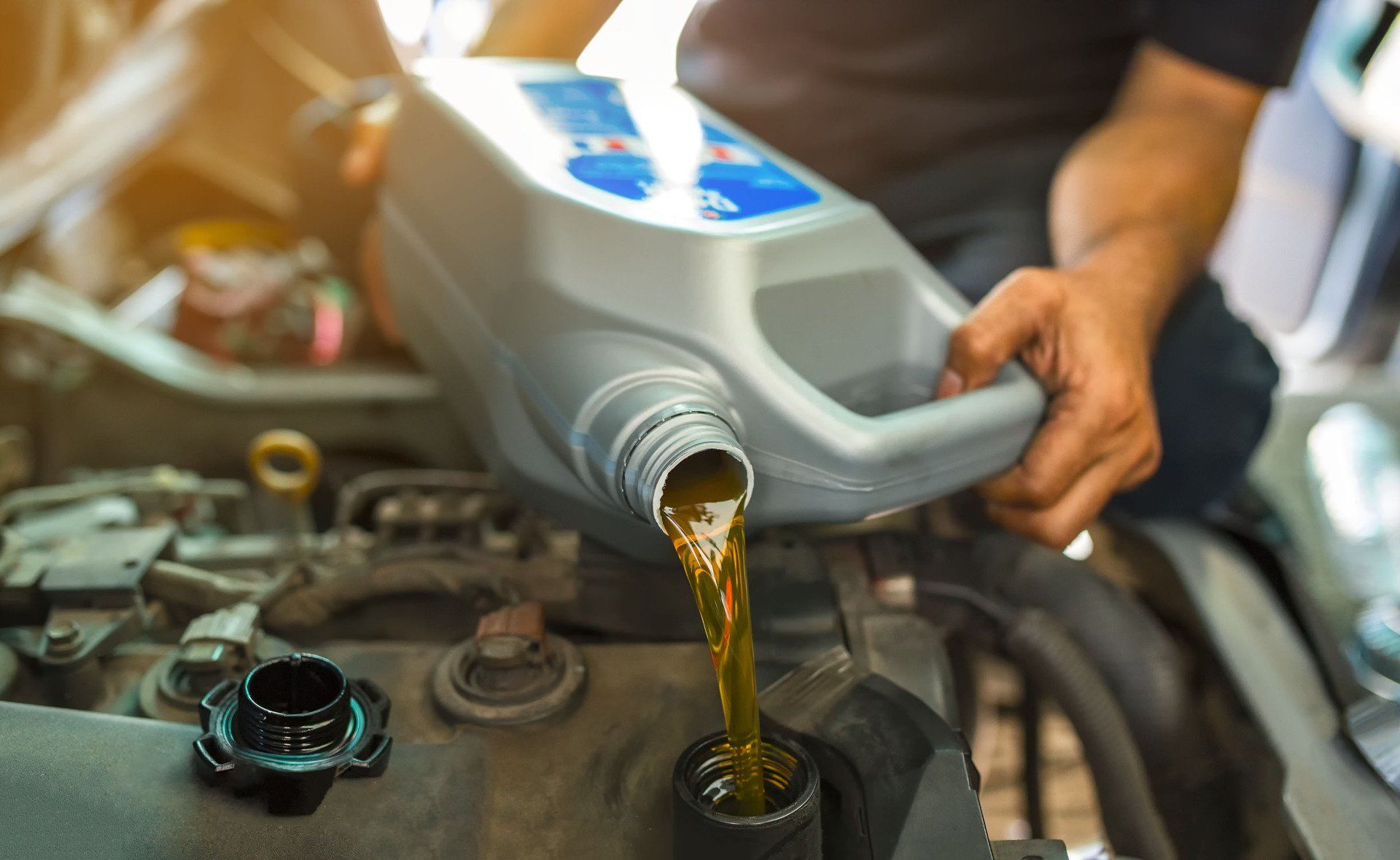
Share On: